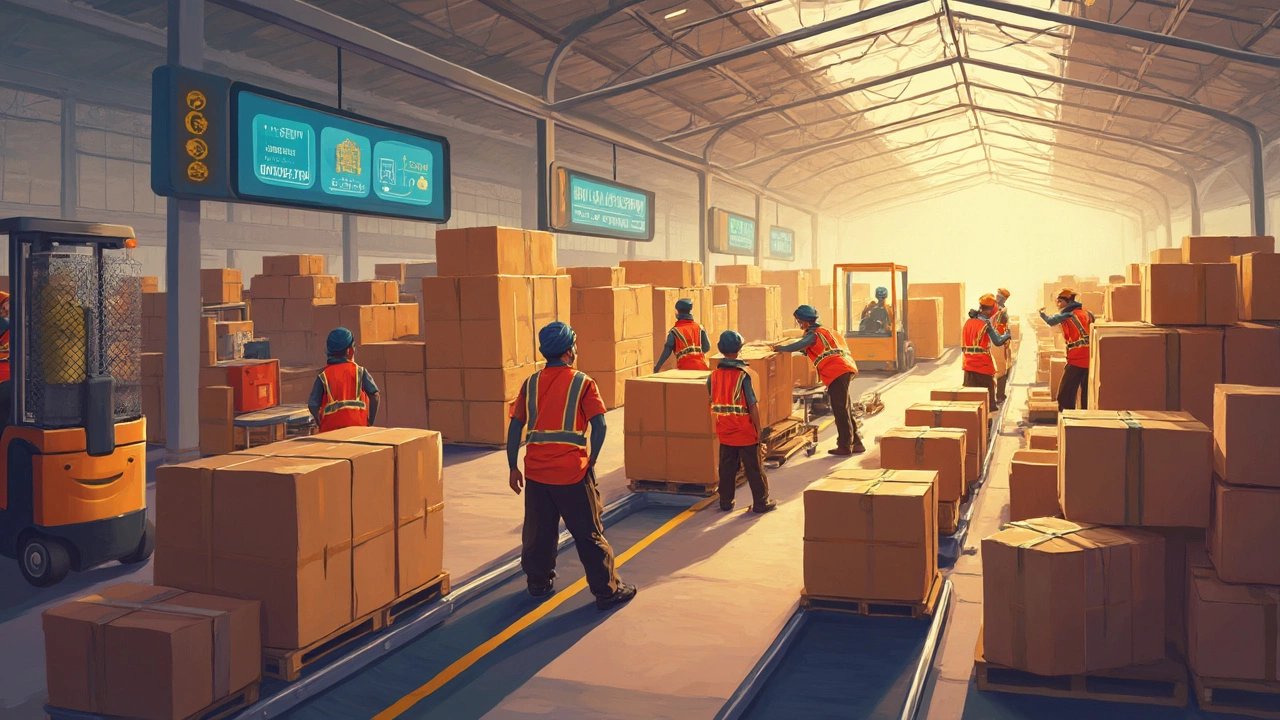Shipping Process: From Order to Doorstep Made Simple
When you click "Buy" the journey of that product doesn’t end at checkout. It kicks off a chain of actions that move the item from a warehouse shelf to your front door. Understanding each step helps you avoid delays, cut costs, and keep customers happy.
Key Stages of the Shipping Process
1. Order Confirmation – The moment the payment clears, the system creates an order record. The confirmation email you receive is more than a receipt; it triggers the picking team to locate the items.
2. Picking and Packing – Workers (or robots) pull the right products from storage, checking SKUs to avoid mix‑ups. Packing isn’t just about fitting items in a box; it includes protecting fragile goods, adding cushioning, and labeling the package with the correct shipping address.
3. Carrier Selection – Based on weight, size, destination, and service level (standard, express, same‑day), the system recommends a carrier. Companies often negotiate rates with multiple couriers to get the best price and reliability.
4. Handover to Courier – Packages are scanned into the carrier’s network, generating a tracking number. This number is shared with the buyer so they can watch the parcel move in real time.
5. Transportation – The carrier moves the package through its network: local depot, regional hub, and sometimes an overseas facility. Each leg adds a timestamp that updates the tracking info.
6. Last‑Mile Delivery – The final stretch from the local depot to the customer’s address. Drivers follow optimized routes, and some companies use real‑time traffic data to avoid delays.
7. Proof of Delivery – Once the parcel reaches the door, the driver captures a signature or photo. This completes the cycle and lets the seller confirm the sale is fulfilled.
Tips to Speed Up Your Shipments
Pick the right carrier for each order. For heavy items, a freight service may be cheaper and faster than a parcel courier. For small, urgent orders, a same‑day courier can win repeat business.
Invest in proper packaging tools. Badly packed boxes lead to damage claims and re‑shipping costs. Use standardized box sizes and clear labeling to reduce picking errors.
Automate tracking updates. When your system pushes real‑time status to customers, you cut support tickets and boost trust.
Consider a multi‑carrier platform. It lets you compare rates on the fly and switch carriers if one experiences a service disruption.
Monitor key performance indicators such as on‑time delivery rate, average transit time, and return‑to‑sender percentage. Spotting trends early helps you fix bottlenecks before they affect customers.
Finally, keep communication simple. A short email that tells the buyer when the package left the warehouse, the expected delivery window, and how to track it does more than reassure—it shows you care.
By breaking down the shipping process into these clear steps and applying the tips above, you can turn a complex operation into a smooth, reliable experience for both your business and your customers.
What Does Package Received By Courier Mean? Tracking and Delivery Explained
Curious about 'package received by courier' tracking? Dive into what this status means, how couriers work, tips for shipping, and ways to avoid delivery headaches.
Read MorePallet Delivery in Amazon: How It Works and What You Need to Know
Ever wondered how Amazon gets those huge boxes of products from point A to B? This article breaks down the nitty-gritty of pallet delivery in Amazon, explaining why it's different from regular shipping and why businesses care about it. You'll find simple tips for making your Amazon pallet deliveries smoother and less stressful. Peek behind the scenes to learn how pallets keep everything efficient and on track. Get ready for practical advice and real talk—no fluff.
Read More